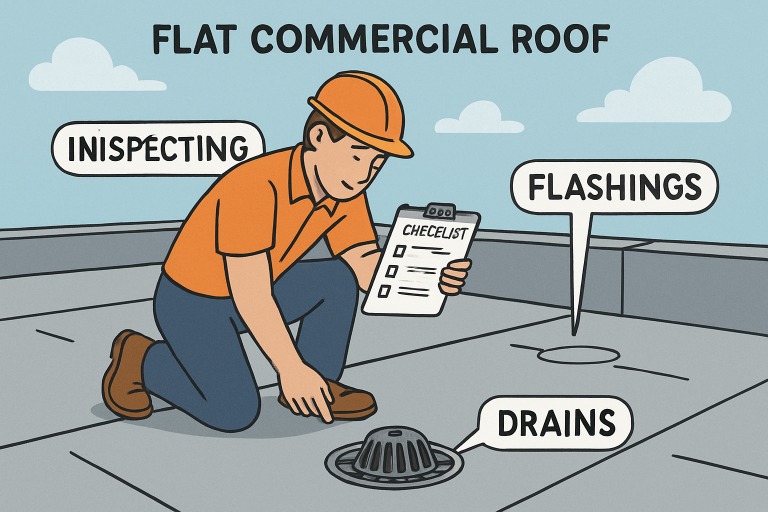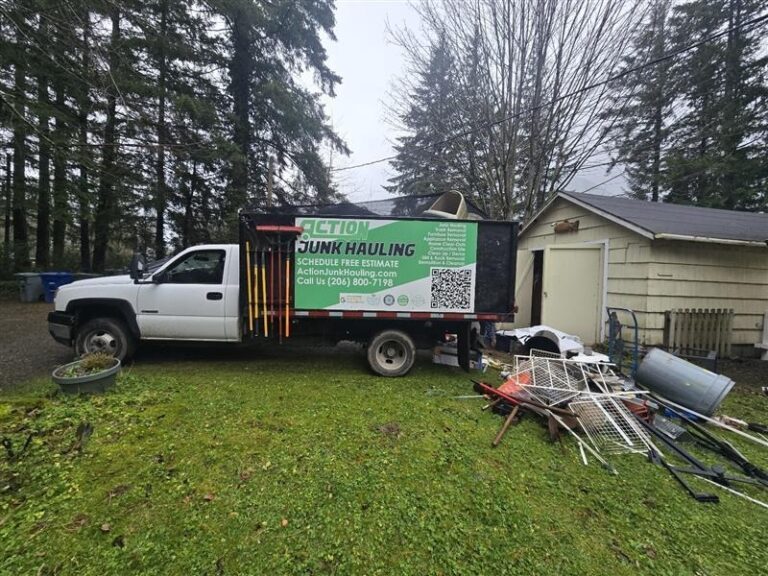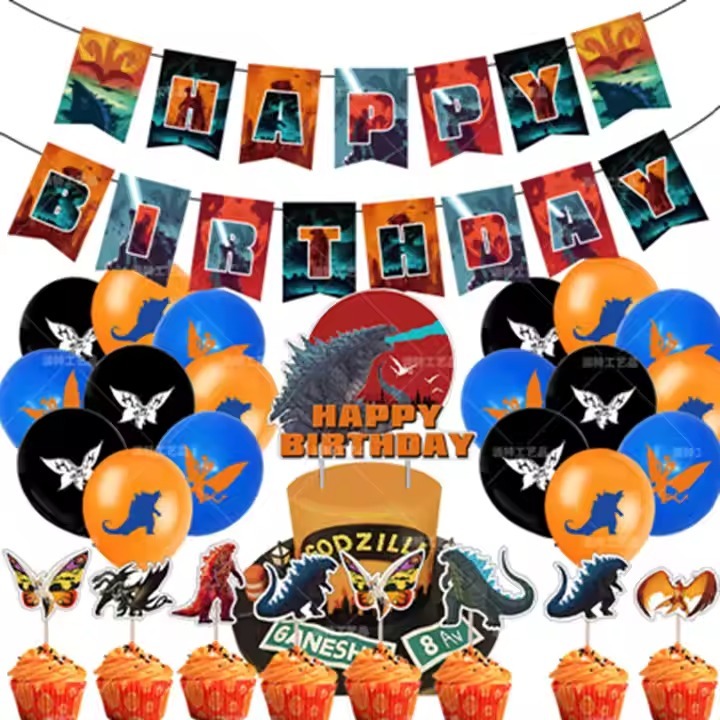What are The Psychological Triggers that Drive Upselling Success?
Upselling is a unique eCommerce strategy that allows brands to increase revenue while improving the customer experience. For instance, Sephora, a leading makeup giant, does a great job at this. Before the final checkout, customers who add eyeshadow, foundation, or other similar products to their cart see offers for complementary products like a bundled pack or a complete makeup kit. This enhances customer convenience, encouraging them to buy everything they need in one go.
However, as upselling is a straightforward process, its effectiveness relies on understanding the psychology behind customer behavior. Customers are more likely to accept an upsell if it feels relevant and adds genuine value to their purchase. Wouldn’t knowing what your buyers think while browsing your store be amazing? There are some unique ways to motivate your buyers. This blog will help you explore the psychological triggers that make upselling work and how a brand can utilize them to increase customer satisfaction and boost revenue.
Understanding the Core of Upselling
Upselling approach requires a clear understanding of the customer’s needs, preferences, and decision-making processes. The psychological triggers behind upselling include:
1. Anchoring Effect:
The anchoring effect explains how people rely on the information they receive first when making a decision. In an e-commerce store, this translates to displaying a premium product first, making other items appear more affordable. For example, showcasing a premium gadget priced at $2,000 at the top of a product list sets a benchmark, so the $1,800 and $1200 options below seem like great deals in comparison. Arrange product options with high to low price tags to leverage the anchoring effect. Highlight premium products as the first choice to create a strong anchor.
2. Perceived Value:
People can pay more for a product if they believe its value justifies its price. Upselling hinges on showcasing how premium products offer better longevity, functionality, or exclusivity. For instance, offering an upgraded version of a streaming service for a slightly higher price can appeal to customers by emphasizing perks like enhanced features. To validate the perceived value, use descriptions and compelling visuals to illustrate the benefits of the higher-priced option.
3. Fear of Missing Out (FOMO):
Studies show that FOMO influences approx. 69% of consumers. People are wired to avoid loss, which makes FOMO a major psychological trigger. Upselling incorporates limited availability and time-sensitive deals that nudge customers toward purchasing. Creating a sense of FOMO with upsell offers can increase your store’s conversion rate and drive sales. You can implement this strategy by adding a countdown timer for upsell offers and highlighting scarcity with phrases like “Only 1 left in stock!”
4. Social Proof:
When customers see other people opting for a premium version of a product, they also prefer to grab that item. Nearly 9 out of 10 customers read product reviews before purchasing online. This phenomenon is essential for eCommerce stores, where ratings, reviews, and testimonials are key. Highlighting phrases like “Bestseller” or “Most customers choose this option” on the upsell option reinforces the popularity of premium products.
Best Practices for Effective Upselling
1. Know Your Product Line: Calculate the total number of products or services you offer & understand how they relate to each other. The better you know the benefits of high-value options, the more confidently you recommend them to your customers.
2. Personalize the Experience: Personalize your upselling strategies by knowing your customer’s pain points, preferences, and behaviors. Focus on segmentation and data analytics to tailor upsell offers.
3. Focus on the Value: Frame the upsell offer in terms of value. This shows how the premium version of products or services better meet the customer’s demands. Show the customer why the additional charges are worth it.
4. Offer Complementary Products: Suggest additional items that complement the original purchase, such as upgraded versions, extended warranties, or accessories. This approach improves the perceived value without disrupting the customer experience.
5. Keep It Simple: Don’t frustrate your customers with diverse choices. Make sure that upsell options are concise and easy to understand. Focus on a few select offerings that will be of real benefit.
Tools & Technologies for Upselling Optimization
eCommerce platforms provide several tools and plugins to optimize upselling. Here are the best solutions:
- Shopify Apps: Best Shopify upsell apps help create personalized upsell offers during checkout. They can also improve customer engagement through unique features like post-purchase offers, in-cart recommendations, and dynamic product suggestions.
- Customer Relationship Management (CRM) Tools: With CRMs, you can track purchase history, customer interactions, and preferences to find upselling opportunities. CRM tools like Shopify also help create targeted offers based on customer insights.
- AI-Based Solutions: Leverage AI-powered tools to suggest upsell options in real-time and effectively analyze customer behavior. Integrating AI tools into your upselling strategy can improve decision-making, automate product suggestions, and optimize pricing.
- One Click Upsell: Tools like One Click Upsell Shopify can simplify the upselling process by helping businesses present personalized offers on their checkout page. These tools can reduce friction and allow customers to accept more offers without repeating the buying process.
- Checkout Tools: Leverage tools like Simplified Checkout to integrate one-click upsells and downsells within your checkout flow. These tools also provide CRM support, a drag-and-drop checkout builder, and security features to create a seamless customer experience.
Upselling allows customers to gain additional value from their purchases. By understanding the psychology behind customer behavior, you can create upsell offers for your audience. Successful upselling strikes a balance between customer satisfaction and business goals. When thoughtfully executed, it builds trust, improves the shopping experience, and increases average order value.







